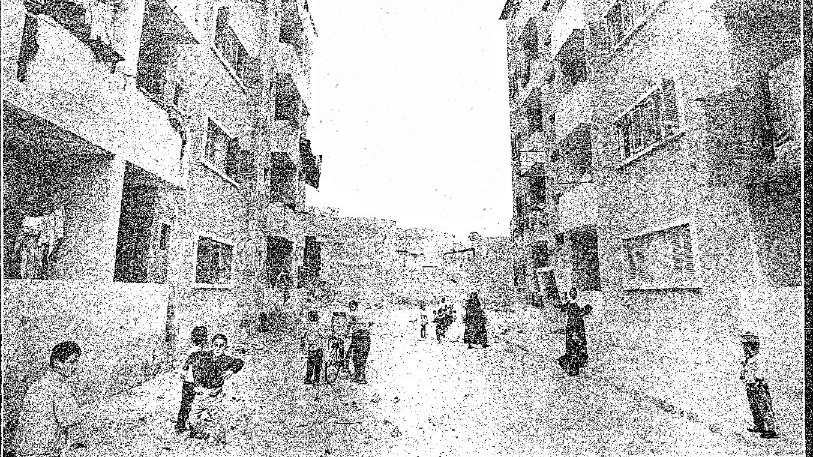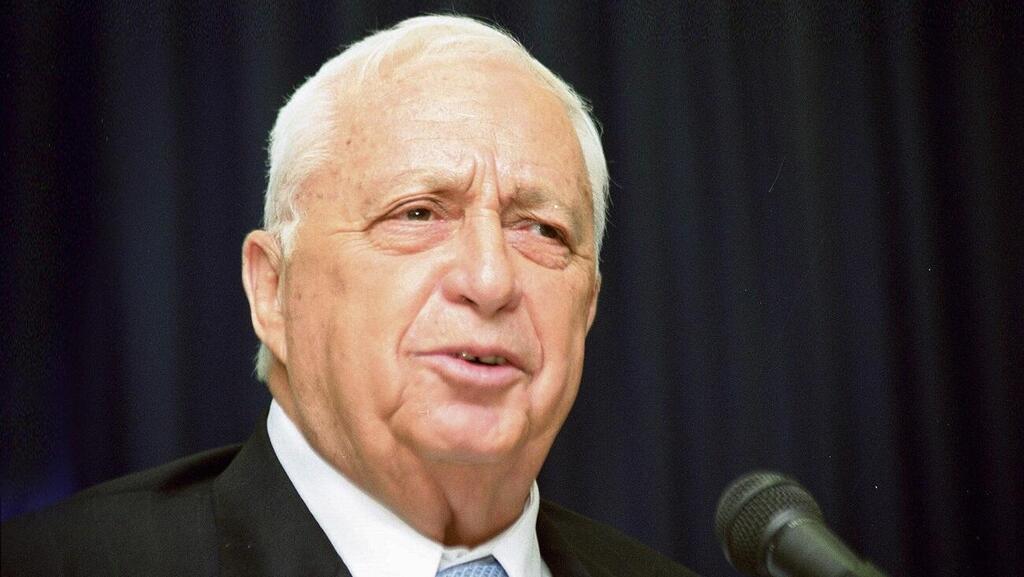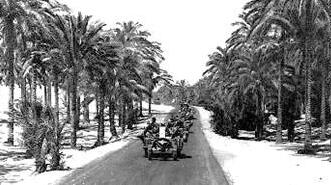Getting your Trinity Audio player ready...
In the summer of 1971, amid a surge in terror attacks in Gaza, Israel relocated more than 10,000 residents from the Jabaliya and Al-Shati refugee camps to northern Sinai. The move, carried out under the command of then-IDF Southern Command chief Ariel Sharon, was aimed at curbing terrorism.
The number of attacks in Gaza fell from 445 in 1971 to just a few dozen the following year and remained low until the outbreak of the First Intifada in 1987.
The relocation followed a series of deadly attacks, including the murder of Mark, 7, and Abigail, 5, Aroyo who were murdered when terrorists threw a grenade into their family’s car near Gaza City. Their parents were injured. In response, Sharon launched an extensive counterterrorism operation, with support from Meir Dagan, then commander of an IDF counterterror force.
In July 1971, IDF forces entered the northern Gaza refugee camps, relocating about 10,500 residents to El-Arish in northern Sinai, with a few sent to the West Bank. Reports suggested the actual numbers were higher. At the time, Sinai was under Israeli control.
According to Ynet's sister publication Yedioth Ahronoth, some residents fled rather than accept housing in El-Arish, leaving behind their belongings. UNRWA employees protested the move and launched a strike. However, other reports indicated that many of those relocated were satisfied with their new homes.
Get the Ynetnews app on your smartphone: Google Play: https://bit.ly/4eJ37pE | Apple App Store: https://bit.ly/3ZL7iNv
Then-defense minister Moshe Dayan visited El-Arish in late July, where, according to a published report, evacuees "expressed satisfaction with the housing provided and the treatment they received from the military administration." Some also said that they were able to continue working.
The military administration offered jobs to those in need and attempted to help them resume their previous employment. The IDF supplied food and expressed hope that UNRWA would step in to assist.
Meanwhile, Dayan visited Jabaliya, where homes had been demolished to clear space for a planned security road. Israeli officials noted that there were no security incidents in the ten days following the relocations.
However, evacuees voiced complaints about unfair housing distribution, with smaller families receiving larger apartments than larger ones. Many also lamented being separated from relatives and struggling to integrate into El-Arish. Others reported water shortages in upper floors and difficulties adjusting to apartment living.
Months later, journalist Tzvia Cohen visited El-Arish. Her report said that evacuees had been given three options — relocation to the West Bank, another area in Gaza or El-Arish. Compensation was provided for lost property. "Every tree in the yard was included in the compensation," said Lt. Col. Shmuel Liran, then-IDF spokesman for Gaza and northern Sinai.
Mohammed Mustafa, a former photographer from Gaza, noted that his profession was not in demand in El-Arish, forcing him to seek work in Israel. "I now earn 17 liras a day working in a dairy, compared to 5–6 liras before," he said, adding that despite an improved standard of living, he still struggled to afford food and clothing.
One woman brought her two sick children to a clinic where treatment was free. The local medical team included 6–8 nurses, a lab technician, an administrator and a technician, while Israeli doctors worked in rotations.
Another evacuee, Wataha Hassan, lived in a two-room apartment with a balcony, kitchen and toilet. One room was empty except for a kerosene lamp and a light bulb. The other had mattresses stacked against the wall, a colorful tapestry, a family photo and a desk with books and notebooks.
"We have no stove or refrigerator," one woman said. "Or a washing machine," added 12-year-old Fatma, who did not recognize the camera held by photographer Micha Bar-Am. When the journalist asked about their black headscarves, the women responded in unison: "We wear black to mourn Palestine. When we win, we’ll wear white."





